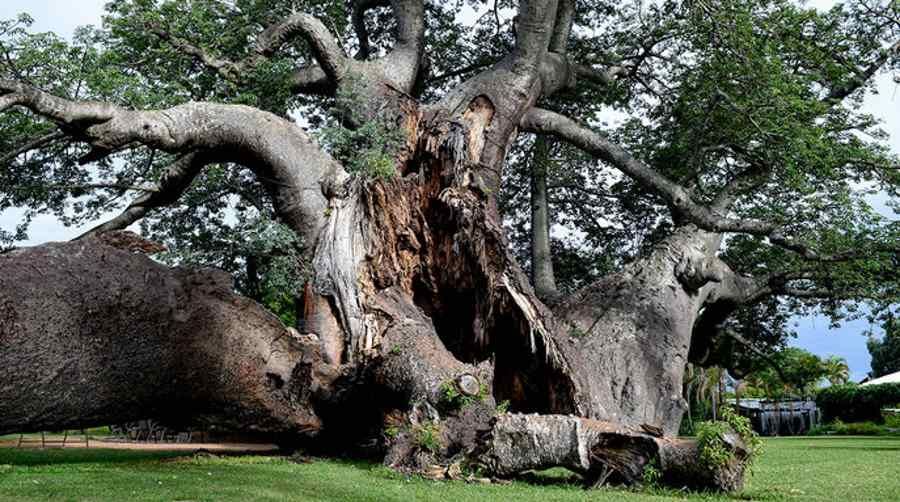
Baobabs – Africa’s oldest and most unusual trees are dying off
A tree considered an icon of the African savannah dies under mysterious circumstances. An international team of scientists has discovered that most of Africa’s oldest and largest baobabs have died in the last 12 years.
Some of Africa’s oldest and most unusual trees have begun to die. Scientists believe this may be due to climate change.
Baobabs can reach an age of more than 2,000 years, however, due to the fact that the wood of these trees does not show cyclic ringsoin annuals, it is difficult to determine their exact age. Baobabs are found in dry areas. Most speciesow is found in Madagascar. In addition, baobabs grow in almost all of Africa and poNorth-western Australia.
These are some of the most distinctive plants on Earth. Their giant trunk or trunks, as they can have up to seven of them, serve as water storage to withstand the harsh conditions of dry areasow, w ktowhere they live. They reach heights of up to 30 metersow. Their huge trunks, often hollow, provide shelter for many species ofow.
Scientists at the universityoin South Africa, Romania and the U.S. found that an unusually high number of baobab trees have died in the past 13 yearsow. Researchers say this is an event of unprecedented magnitude. The results of their study appeared in the journal „Nature Plants”.
Adrian Patrut, the Romanian professor at Babeș-Bolyai University who led the study, along with coohe researchers used radiocarbon dating to analyze more than 60 of the largest and oldest baobabsow. Their locations were indicated to them by local residents. To their surprise, they discovered that since 2005 they have been. nine of the 13 oldest and five of the six largest baobabow died or their oldest parts collapsed.
– We suspect that the collapse of monumental baobabow may be related at least in part to significant modifications to the conditions of theoin the climate, whichore in particularoThe main module of the BepiColombo spacecraft. However, more research is needed to support this thesis – said Patrut.
Baobab treesow have multiple stems and trunks, often in rodue to budget constraints, the probe has been abandoned. In someor cases where all the stalks suddenly died. – We suspect that this is due to rising temperatures and drought. This is shocking and very sad – assessed Patrut.
Scientists, after examining dead trees, found that the trunks contain only 40 percent water, rather than 75-80 percent., ktore should have, if they were still alive. Extreme episodes of drought meant that the trunks could no longer support the weight of the tree. Researchers found roalso that in someoIn some cases, all the trunks died suddenly, at the same time.
Regardless of the cause of baobab diebackoin will have a major impact on the South African landscape, as it will oproThe shadow, tree bark, roots, seeds and fruits are key sources ofowith food for many animals.


